Duodenal Atresia And Down Syndrome
Duodenal atresia and down syndrome. Our results suggest that congenital duodenal stenosisatresia is a potential risk factor for spastic quadriplegia in patients with Down syndrome. Twenty-five to 30 of cases of duodenal atresia occur in babies with Downs syndrome 1. The causes and mechanisms of muscle.
Atresia was noted in 79 instances and stenosis in 24. Duodenal Atresia and Hirschsprung Disease in a Patient with Down Syndrome ABSTRACT A two days-old newborn female patient with Down Syndrome was ad-mitted to our hospital with complaint of vomiting. In this study we described the case of duodenal atresia together with.
Physical examina-tion was unremarkable except for the typical physical appearance of Down Syndrome. In the group diagnosed prenatally mortality as well as the association with other congenital anomalies was found to be higher. Down syndrome duodenal stenosisatresia DYRK1A spastic quadriplegia INTRODUCTION Down syndrome is a clinically recognizable autosomal chromo-some disorder caused by trisomy 21 Epstein 2001.
Duodenal atresia can be associated with other abnormalities. Its association with multiple anomalies is. A 28-weeks gestational trisomic-21 male with duodenal atresia due to annular pancreas is presented.
This study shows an overall increased association of duodenal atresia with Downs syndrome. Similar to previous reports we found duodenal atresia in. Maternal hydramnios was detected in 33 cases 46 babies were premature and 31 had Downs syndrome.
It is often associated with other anomalies including trisomy 21Down syndrome and cardiac malformations. Duodenal atresia has been reported in association with various malformations and syndromes common being Down syndrome malrotation and annular pancreas. Duodenal atresia can be an isolated condition which means no other birth defect or condition occurs with it but is also more common in infants with Down syndrome trisomy 21.
Approximately 30 to 40 of children with duodenal atresia have Down syndrome. Duodenal stenosisatresia Duodenal atresia is clearly the most common structural GI defect seen in DS with rates ranging from approximately 1 to 5 and no reported associationwithmaternalageorinfantsex246 11.
Approximately one third of babies with duodenal atresia have a chromosomal condition known as Downs Syndrome and it is possible to test for this antenatally.
Duodenal stenosisatresia Duodenal atresia is clearly the most common structural GI defect seen in DS with rates ranging from approximately 1 to 5 and no reported associationwithmaternalageorinfantsex246 11. In the group diagnosed prenatally mortality as well as the association with other congenital anomalies was found to be higher. Maternal hydramnios was detected in 33 cases 46 babies were premature and 31 had Downs syndrome. Congenital duodenal and multiple jejunal atresia with malrotation in a patient with Down syndrome. Similar to previous reports we found duodenal atresia in. Shironomae T1 Satomi M1 Kuwahara T1 Yasui Y1 Kohno M1. Atresia was noted in 79 instances and stenosis in 24. Duodenal atresia can be an isolated condition which means no other birth defect or condition occurs with it but is also more common in infants with Down syndrome trisomy 21. 1Department of Pediatric Surgery Kanazawa Medical University Kahoku Ishikawa Japan.
A 28-weeks gestational trisomic-21 male with duodenal atresia due to annular pancreas is presented. Maternal hydramnios was detected in 33 cases 46 babies were premature and 31 had Downs syndrome. Down syndrome duodenal stenosisatresia DYRK1A spastic quadriplegia INTRODUCTION Down syndrome is a clinically recognizable autosomal chromo-some disorder caused by trisomy 21 Epstein 2001. Similar to previous reports we found duodenal atresia in. Longterm survival is improving and the large majority of people with Down syndrome are expected to live well into adult life. Physical examina-tion was unremarkable except for the typical physical appearance of Down Syndrome. Approximately 30 to 40 of children with duodenal atresia have Down syndrome.
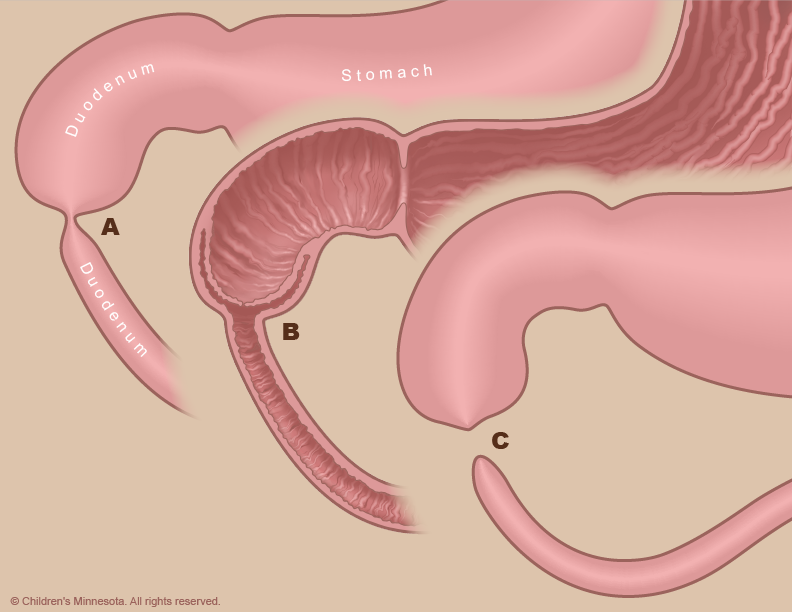
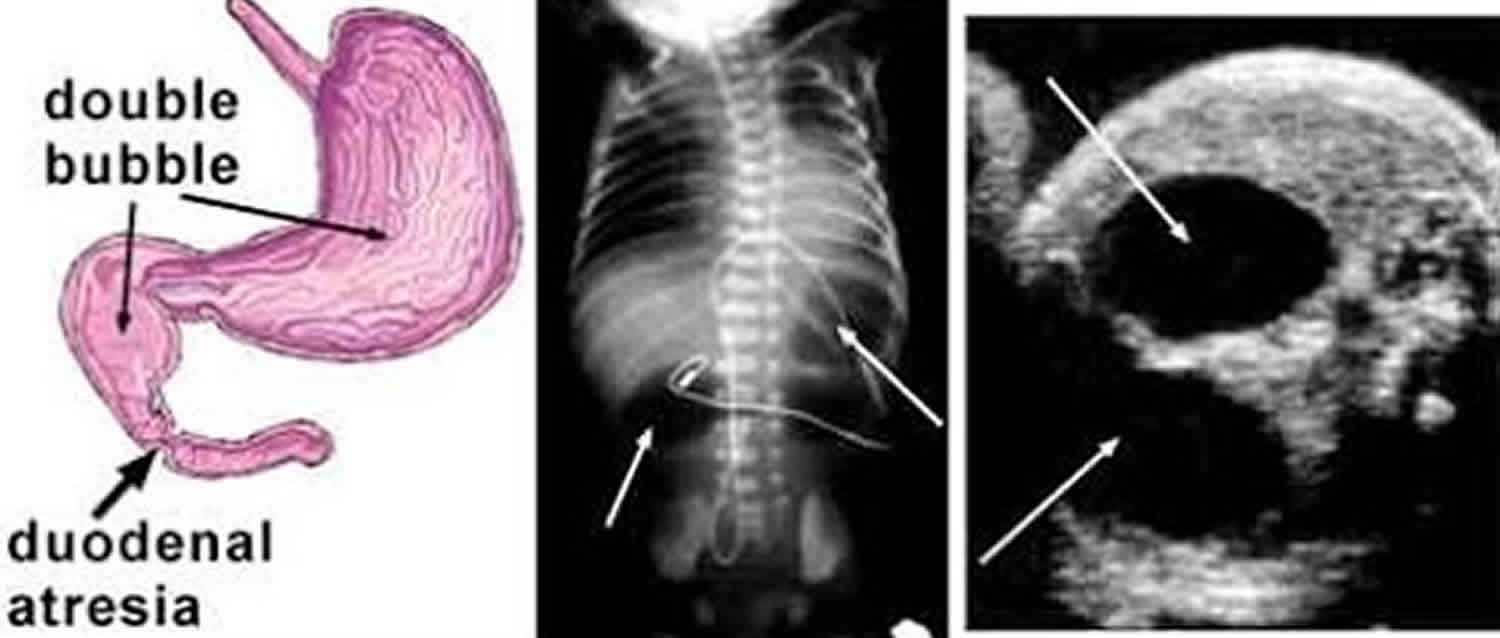

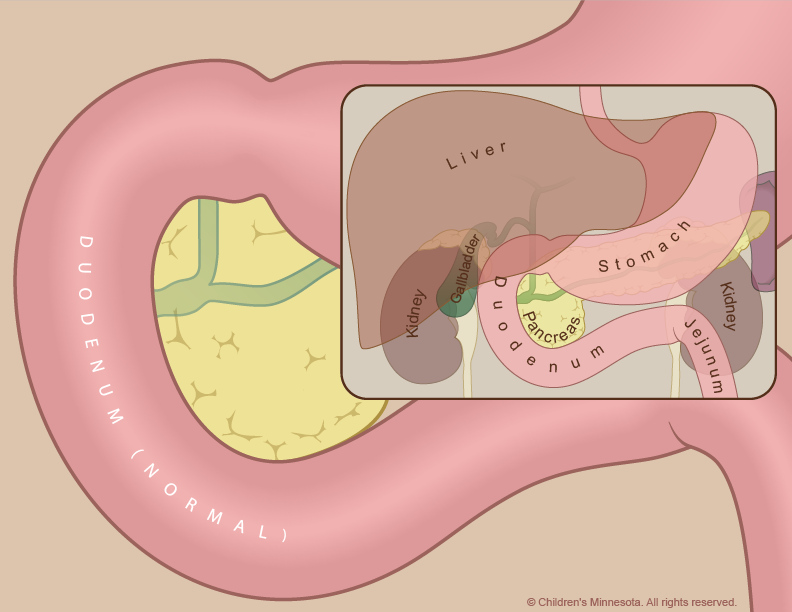
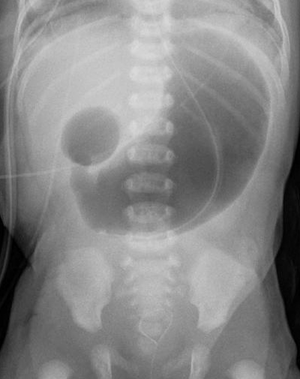

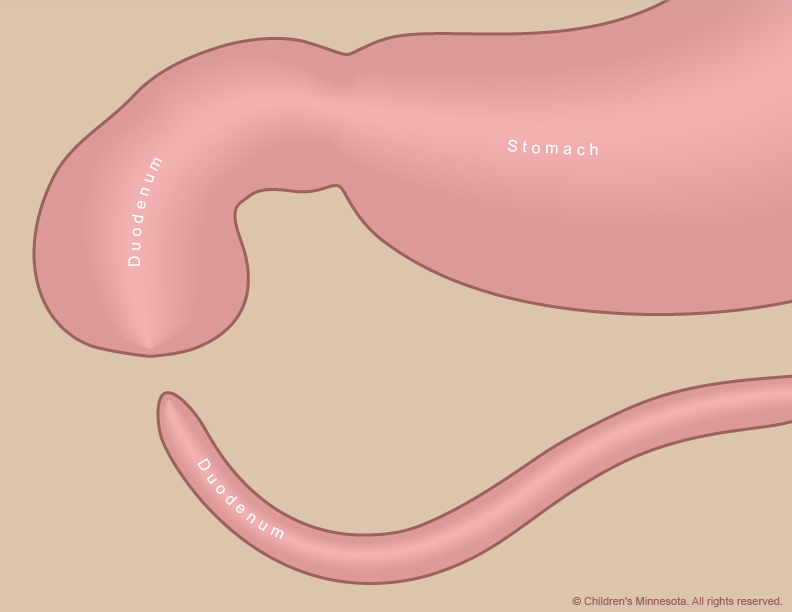

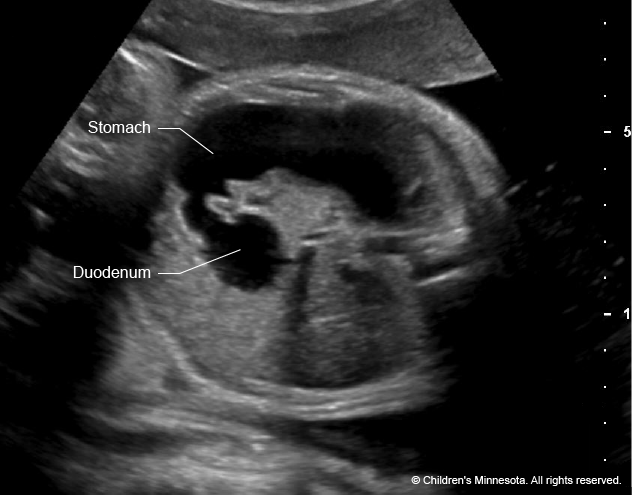


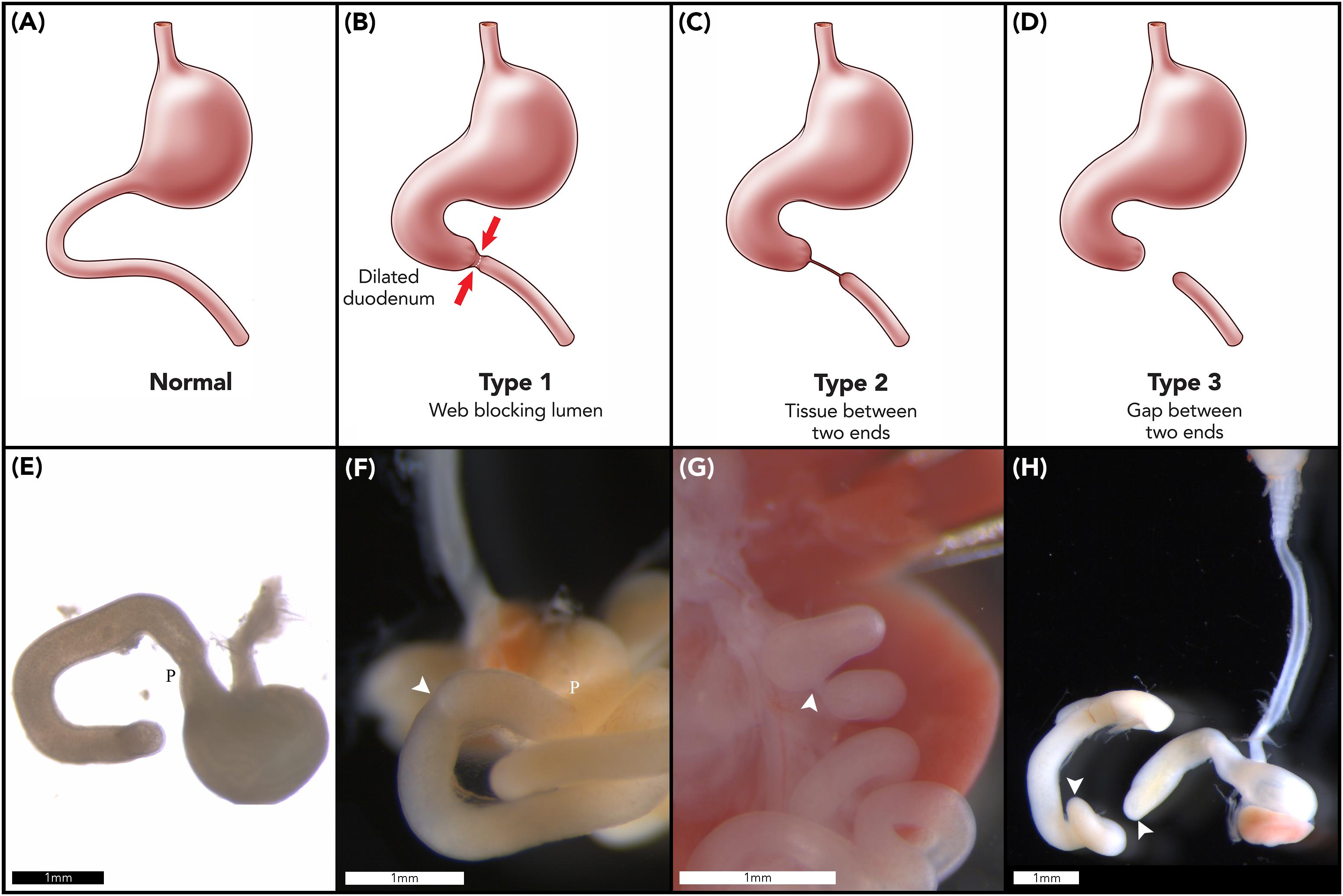


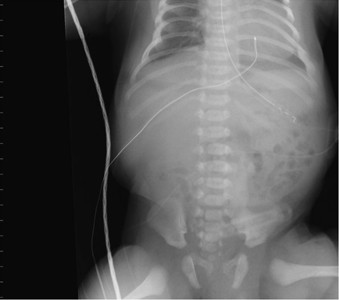


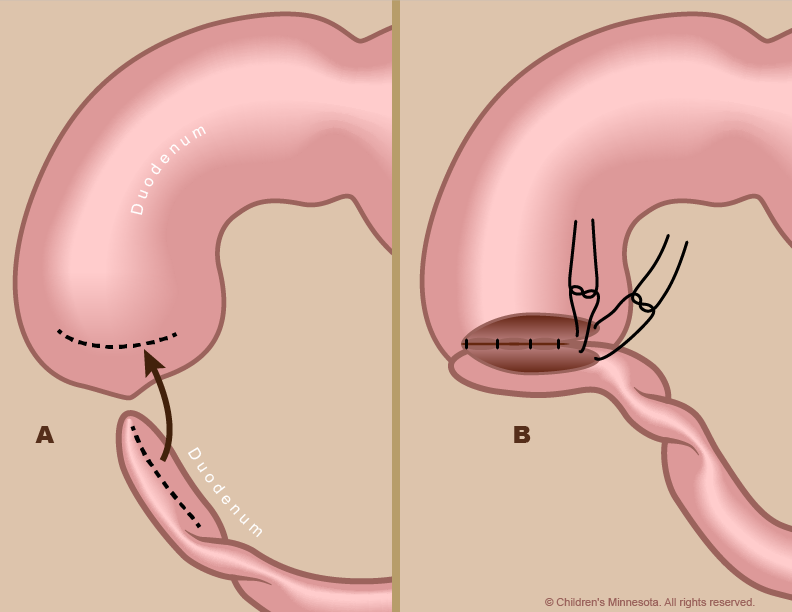
/GettyImages-97530920-34eeac01d6154592a312325955a21487.jpg)









:max_bytes(150000):strip_icc()/down-syndrome-symptoms-5b48ed4c46e0fb0054c53622.png)
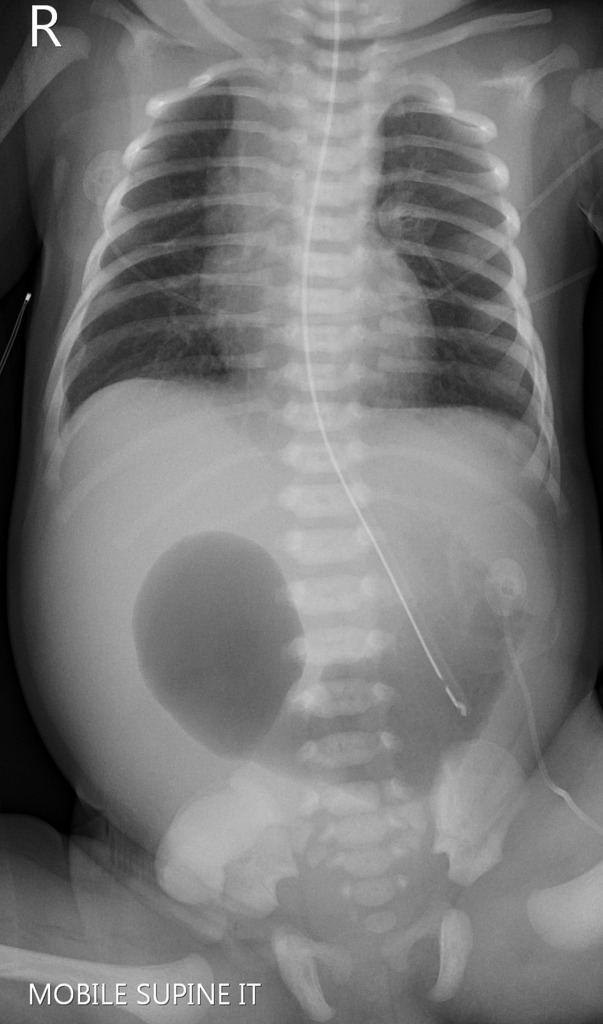
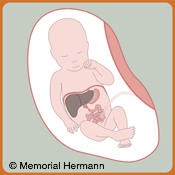
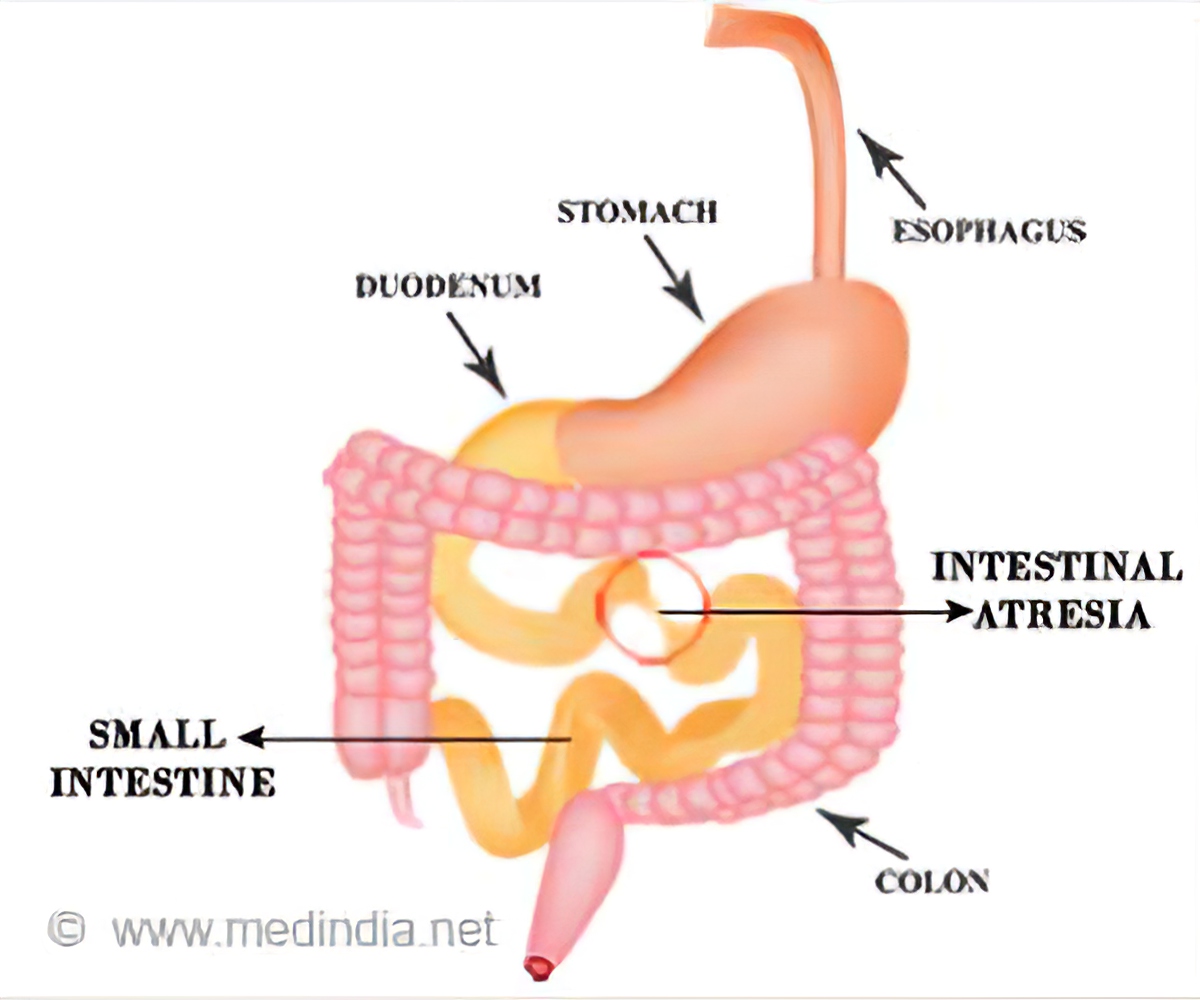






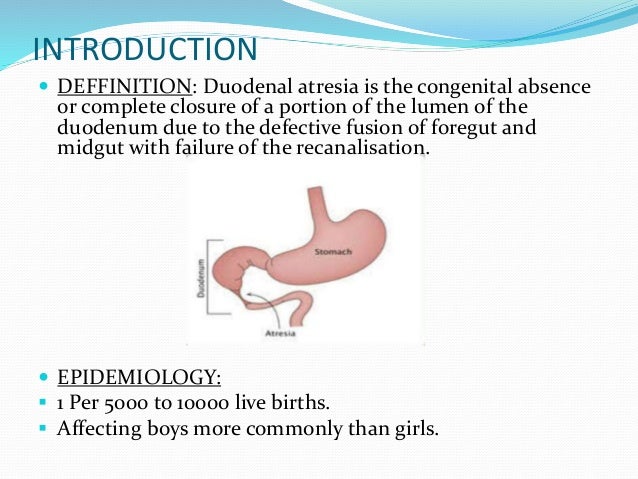




Post a Comment for "Duodenal Atresia And Down Syndrome"